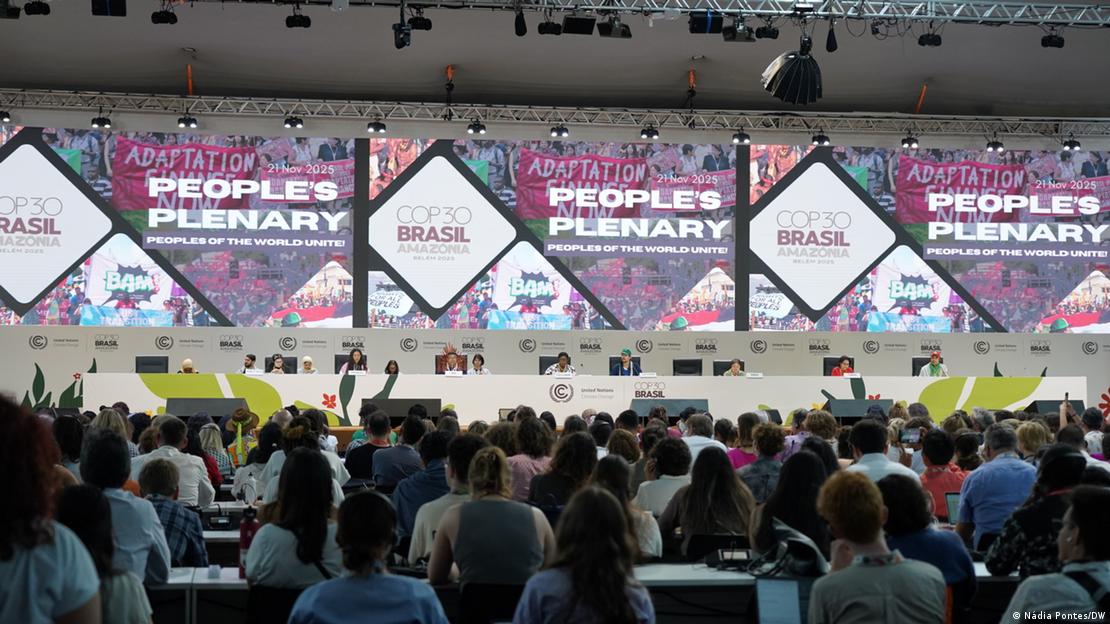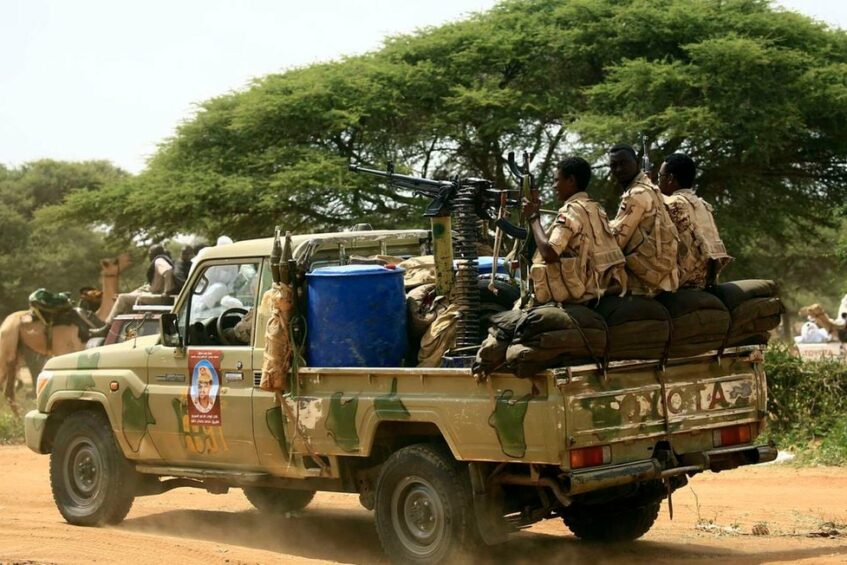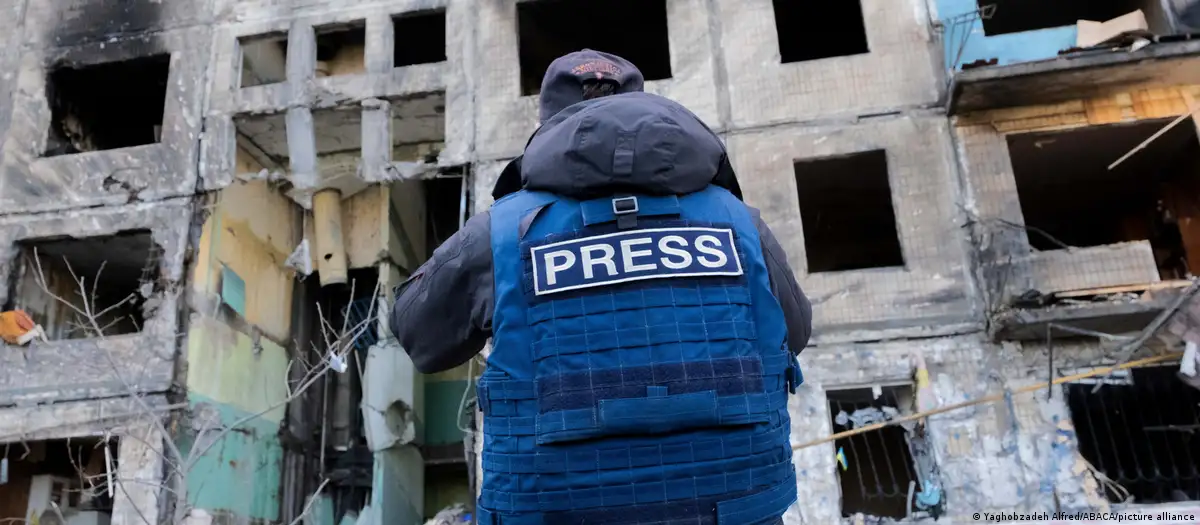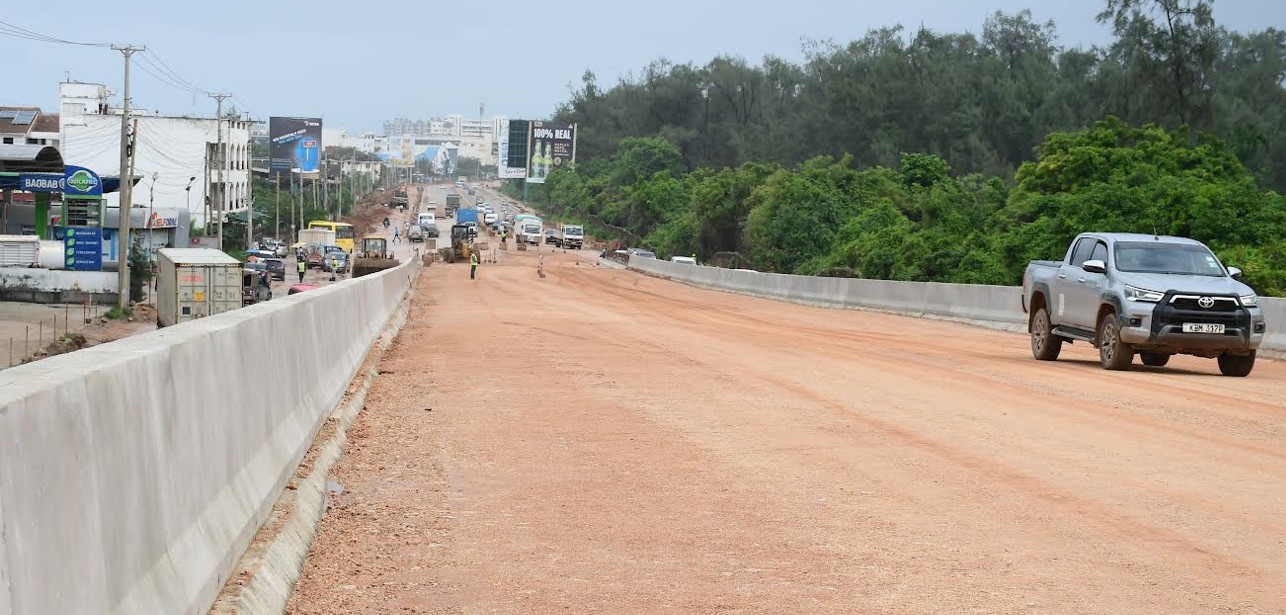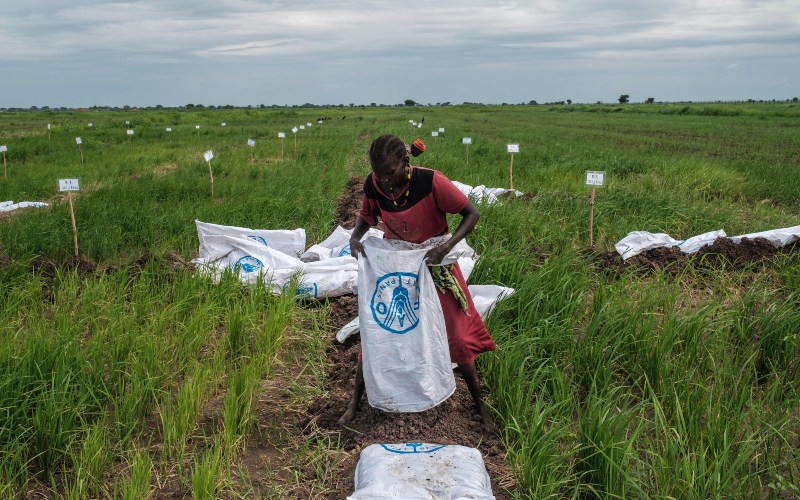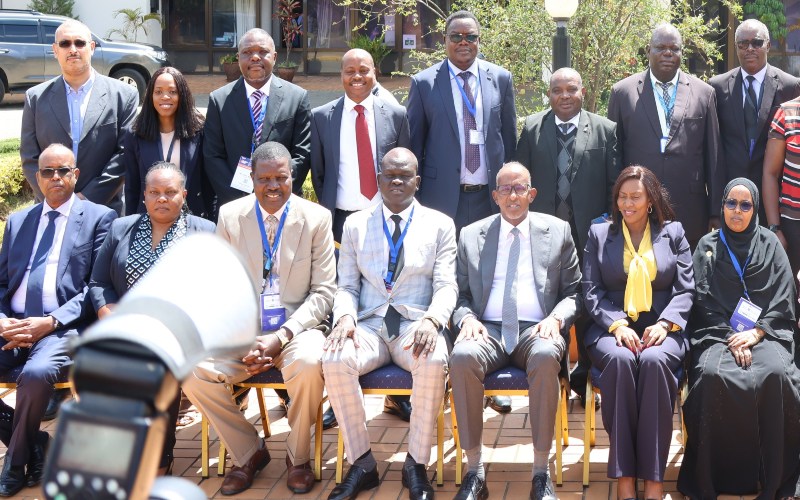High risk of famine persists across Gaza, global hunger monitor says
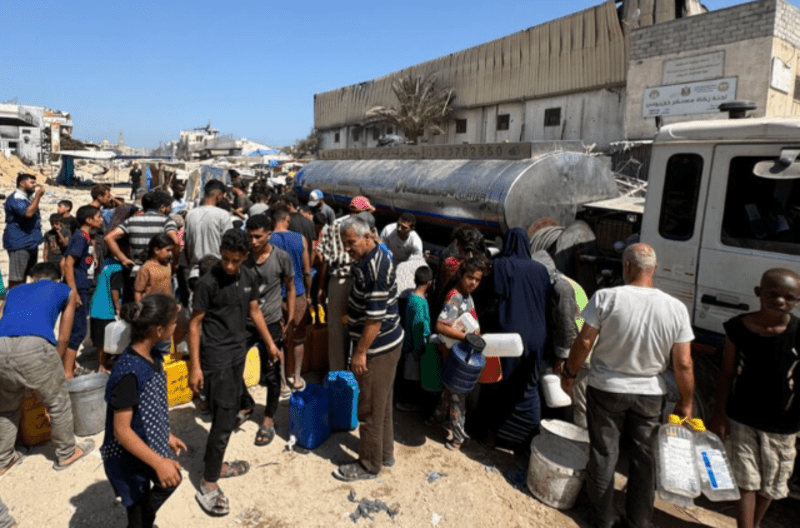
Under "catastrophic" food insecurity, households suffer an extreme lack of food, leading to acute malnutrition in young children, an imminent risk of starvation, and deaths.
Gaza remains at high risk of famine as war between Israel and Palestine continues and access to aid is restricted, though delivery of supplies had limited the projected spread of extreme hunger in northern areas, a global monitor said on Tuesday.
More than 495,000 people across the Gaza Strip are facing the most severe, or "catastrophic", level of food insecurity, according to an update from the Integrated Food Security Phase Classification (IPC).
More To Read
- UN condemns Israel for storming UNRWA compound in East Jerusalem
- Egypt rejects US plan for foreign control in Gaza, insists Palestinians must govern themselves
- Patients suffer as Gaza hospitals faces severe shortage of life-saving medicines
- Israeli raids and settler attacks deepen humanitarian crisis in West Bank
- UN support helps Gaza mothers give birth amid collapsing health system
- Gaza’s once-growing economy nears total collapse amid war and blockade
That is down from a forecast of 1.1 million in the previous update three months ago, but is still more than one fifth of Gaza's population.
Under "catastrophic" food insecurity, households suffer an extreme lack of food, leading to acute malnutrition in young children, an imminent risk of starvation, and deaths.
The IPC assessment published on Tuesday said that to buy food, more than half of Gazan households surveyed had to sell clothes and one-third gathered and sold rubbish. Over 20% reported going entire days and nights without eating. Overall, about 96% of the population faced high levels of acute food insecurity until September.
The UN-backed monitor said deliveries of food and nutrition services in March and April seemed to have reduced the severity of hunger in northern Gaza, where the IPC had previously forecast a likelihood of famine.
However, Israel's offensive around the southern city of Rafah from early May and other hostilities and displacement have led to a renewed deterioration in recent weeks, it added.
"The humanitarian space in the Gaza Strip continues to shrink and the ability to safely deliver assistance to populations is dwindling. The recent trajectory is negative and highly unstable," the update said.
The Famine Review Committee, a group of experts which reviews IPC findings, said in a report also released on Tuesday that there was "extreme human suffering" in Gaza and the risk of famine had not diminished.
"Eight months of extreme pressure on the lives of the population make them much more vulnerable to collapse into famine," it said.
Disease risks
The Rafah offensive led to the shutting of the crossing on Gaza's border with Egypt, which had been a main route for the delivery of food and other supplies, as well as an evacuation point for civilians who were critically ill or injured.
The closure, along with disruptions at the nearby Israeli crossing of Kerem Shalom, reduced humanitarian access to two million people in southern Gaza, said the IPC update, which covers the period from May 1 to Sept. 30.
Displacement to areas with less water and fewer health services "increases the risk of disease outbreaks, which would have catastrophic effects on the nutritional and health status of large segments of the population", it said.
Southern Gaza "may soon reach a tipping point that rapidly leads to a descent into famine", the Famine Review Committee said.
The IPC is an initiative involving UN agencies, national governments and aid groups that sets the global standard on measuring food crises. Its most extreme warning is Phase 5, which has two levels, catastrophe and famine.
Famine can be declared if at least 20% of the population in an area are suffering extreme food shortages, with at least 30% of children acutely malnourished and two people out of every 10,000 dying daily from starvation or malnutrition and disease.
Top Stories Today
